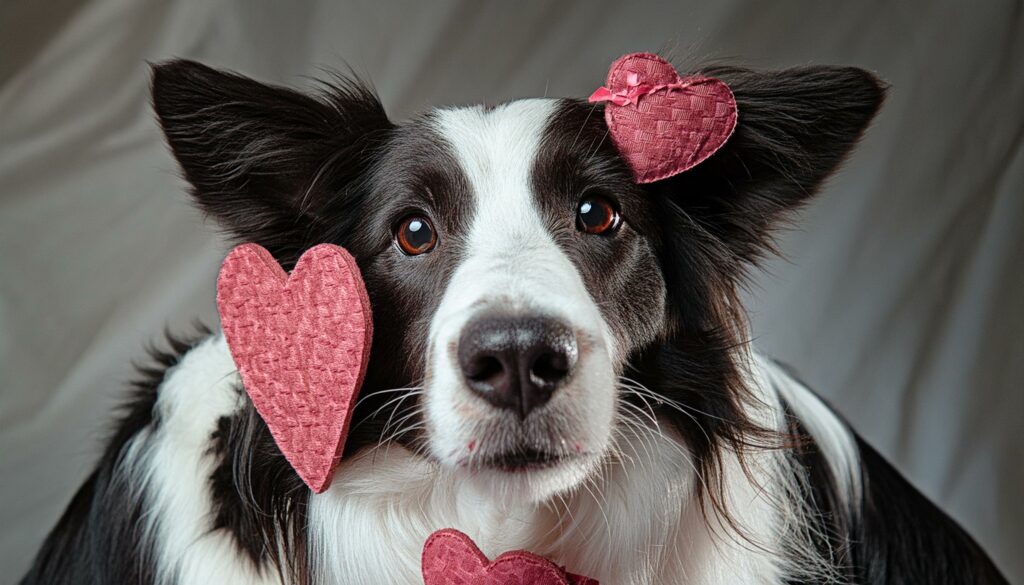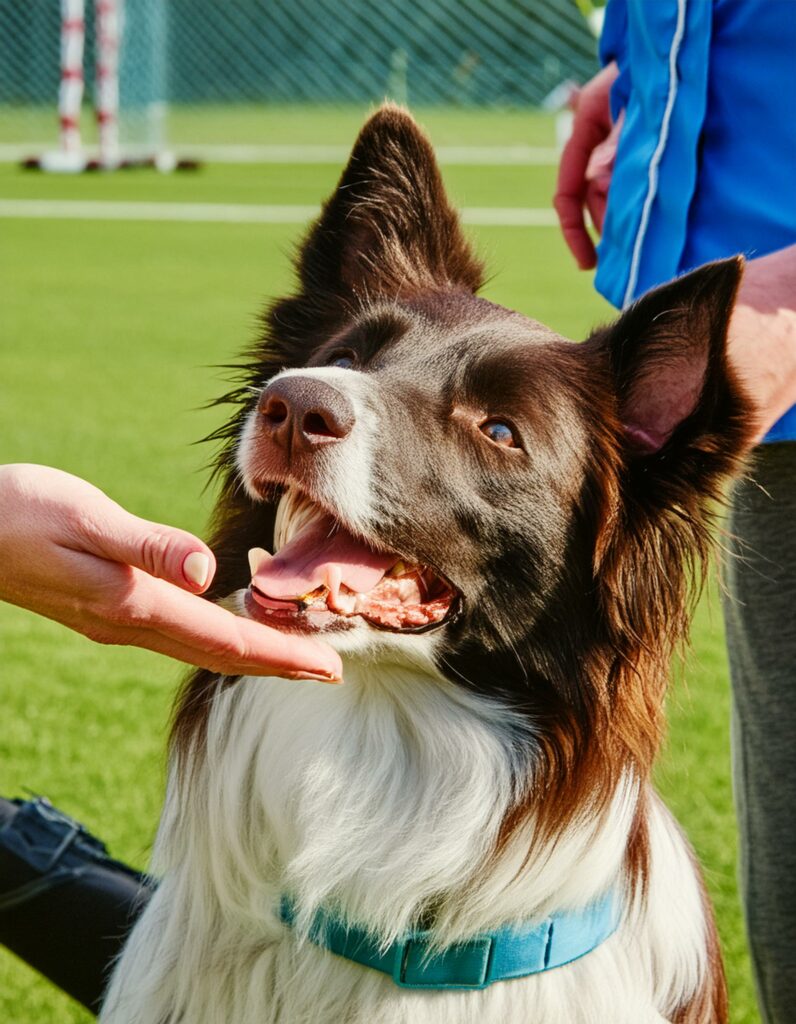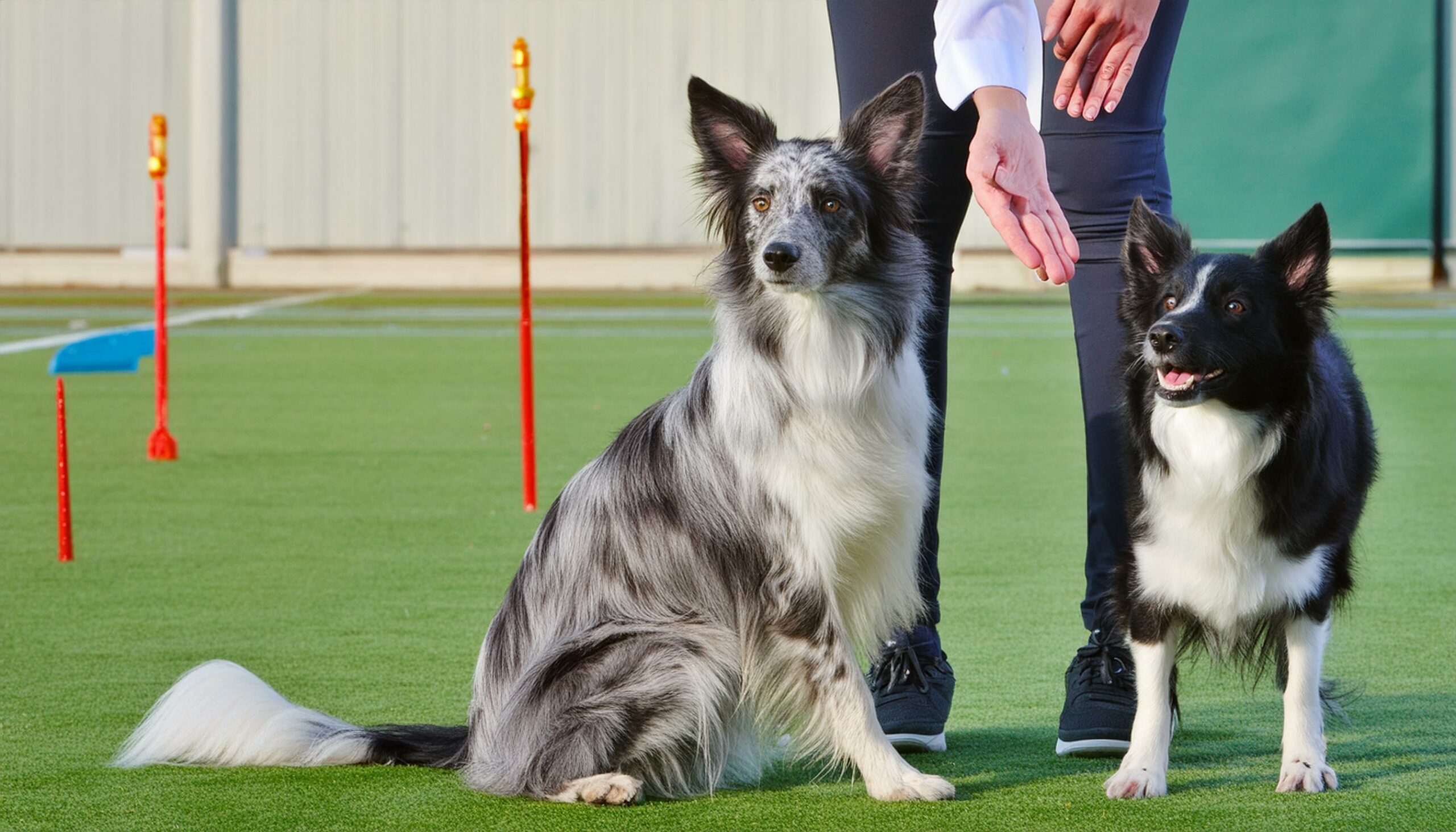Border Collies are not just your average furry companions; they are a breed renowned for their remarkable intelligence, agility, and unwavering loyalty. Originating from the border regions of Scotland and England, these dogs were bred for their exceptional herding abilities, particularly with sheep. As we delve into the process of judging a Border Collie, it’s essential to understand their history and the characteristics that make them unique.
Understanding the Breed’s Origins
The history of the Border Collie dates back to the 1700s, where they were developed as working dogs to assist shepherds in managing livestock. Their name stems from their geographical origin along the border of Scotland and England. Over the centuries, Border Collies have evolved into versatile herding dogs prized for their keen intellect and unmatched work ethic.
Characteristics of Border Collies
Border Collies are known for their striking appearance, characterized by a medium-sized, well-proportioned body and a keen, alert expression. Their double-layered coat comes in various colors, including black and white, red and white, tricolor, blue merle, and sable, with a dense undercoat and a weather-resistant outer layer.
Evaluating Physical Attributes
When judging a Border Collie, it’s essential to assess their physical attributes, which contribute to their overall appearance and functionality as a working breed.
Size and Proportions
Border Collies typically stand between 18 to 22 inches at the shoulder and weigh between 30 to 55 pounds, with slight variations between males and females. Their body should be well-balanced, displaying strength, agility, and endurance.
Coat Color and Texture
One of the distinctive features of Border Collies is their coat, which varies in color and texture. The coat should be dense, with a soft undercoat and a longer, coarser outer layer. The color patterns can range from solid to merle, with no preference given to any specific color combination.
Overall Conformation
Judges should evaluate the Border Collie’s overall conformation, paying attention to their head, ears, eyes, muzzle, neck, shoulders, chest, back, legs, and tail. Each component contributes to the breed’s functionality and agility, reflecting their suitability for herding tasks and other activities.
Assessing Temperament and Behavior
Beyond their physical appearance, a Border Collie’s temperament and behavior are critical factors to consider when judging their suitability as a companion or working dog.
Intelligence and Trainability
Border Collies are renowned for their exceptional intelligence and trainability, making them highly sought after in various canine sports and activities. Judges should observe the dog’s responsiveness to commands, problem-solving abilities, and eagerness to learn new tasks.
Energy Level and Exercise Needs
As active working dogs, Border Collies have high energy levels and require ample opportunities for exercise and mental stimulation. Judges should assess the dog’s stamina, endurance, and enthusiasm for physical activities, such as running, hiking, or participating in agility courses.
Socialization and Interaction
Border Collies are known for their friendly and affectionate nature towards their owners, but they may exhibit reserved or cautious behavior around strangers. Judges should evaluate the dog’s socialization skills, including their confidence, friendliness, and ability to interact positively with people and other animals.
Considering Health Considerations

While Border Collies are generally healthy dogs, judges should be aware of potential health issues that may affect the breed and impact their overall well-being.
Common Health Conditions
Border Collies may be prone to certain hereditary conditions, such as hip dysplasia, epilepsy, progressive retinal atrophy, and collie eye anomaly. Judges should be vigilant in identifying any signs of discomfort or abnormalities that may indicate underlying health problems.
Nutritional Needs
A balanced diet is essential for maintaining a Border Collie’s health and vitality. Judges should inquire about the dog’s diet and nutrition, ensuring that they receive a well-rounded meal plan tailored to their age, size, and activity level.
Fitness and Condition
Judges should assess the dog’s overall fitness and condition, including their muscle tone, body weight, and mobility. A fit and healthy Border Collie should display vitality, alertness, and an eagerness to engage in physical activities.
Observing Behavioral Cues
When judging a Border Collie, it’s crucial to pay attention to their behavioral cues, which provide valuable insights into their temperament, personality, and suitability as a companion or working dog.
Body Language
Border Collies communicate through body language, including posture, facial expressions, tail wagging, and ear positioning. Judges should observe the dog’s body language for signs of confidence, relaxation, alertness, or stress.
Vocalizations
While Border Collies are not known for excessive barking, they may vocalize to express excitement, alertness, or discomfort. Judges should listen for the dog’s vocalizations and assess their frequency, pitch, and context.
Playfulness and Engagement
A happy and healthy Border Collie should exhibit playfulness, curiosity, and enthusiasm for interaction. Judges should encourage the dog to engage in playful activities and observe their level of engagement, responsiveness, and enjoyment.

Seeking Guidance from Breed Experts
Judging a Border Collie requires a deep understanding of the breed’s unique characteristics, temperament, and requirements. Breed experts, including reputable breeders, experienced handlers, and canine behaviorists, can provide valuable insights and guidance.
Consulting Reputable Breeders
Reputable breeders are invaluable resources for judges seeking to deepen their understanding of the Border Collie breed. They can offer firsthand knowledge about the breed’s history, temperament, health considerations, and optimal breeding practices.
Attending Dog Shows and Events
Dog shows and events provide judges with opportunities to observe Border Collies in action, showcasing their conformation, agility, obedience, and herding skills. Judges can learn from experienced handlers and breed experts, gaining practical insights into evaluating Border Collies in a competitive setting.
Joining Border Collie Clubs and Forums
Border Collie clubs and forums offer judges a platform to connect with fellow enthusiasts, share knowledge, and stay updated on breed-related developments. By joining these communities, judges can engage in discussions, attend seminars, and access resources to enhance their expertise in judging Border Collies.
Conclusion
Judging a Border Collie is a multifaceted process that requires a comprehensive understanding of the breed’s history, characteristics, temperament, and health considerations. By evaluating their physical attributes, behavior, and overall suitability as companions or working dogs, judges can ensure fair and accurate assessments that uphold the breed standard and promote the well-being of Border Collies worldwide.
FAQs
Are Border Collies suitable for apartment living?
While Border Collies can adapt to apartment living with sufficient exercise and mental stimulation, they thrive best in homes with ample space and outdoor access.
Do Border Collies get along well with children?
Border Collies are typically excellent with children, especially when raised together from a young age. However, supervision is always recommended to ensure mutual respect and safety.
How much exercise does a Border Collie need daily?
Border Collies require a minimum of one to two hours of vigorous exercise each day to maintain their physical and mental well-being.
Are Border Collies prone to excessive barking?
Border Collies may bark to communicate or alert their owners, but excessive barking can be minimized through proper training and socialization.
What activities are suitable for Border Collies?
Border Collies excel in a variety of activities, including agility, obedience, herding trials, flyball, and scent work, providing both mental and physical stimulation.
